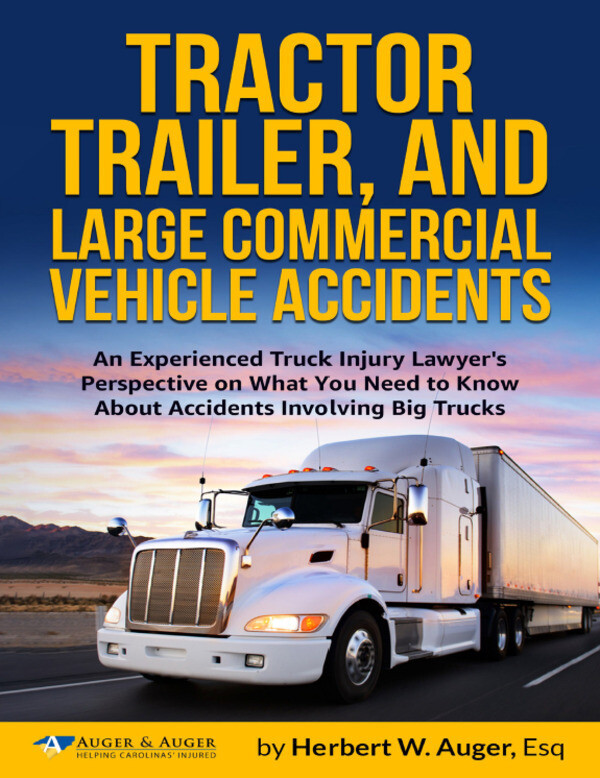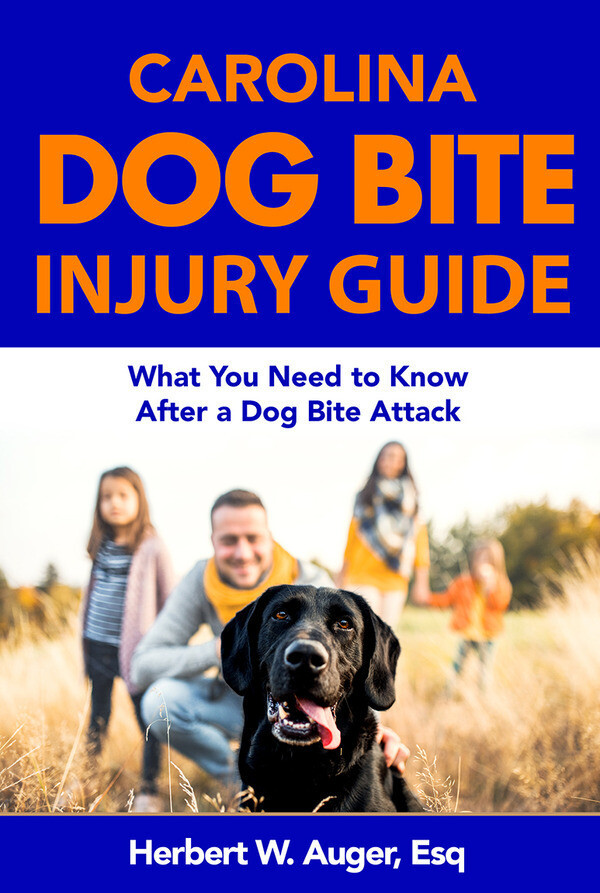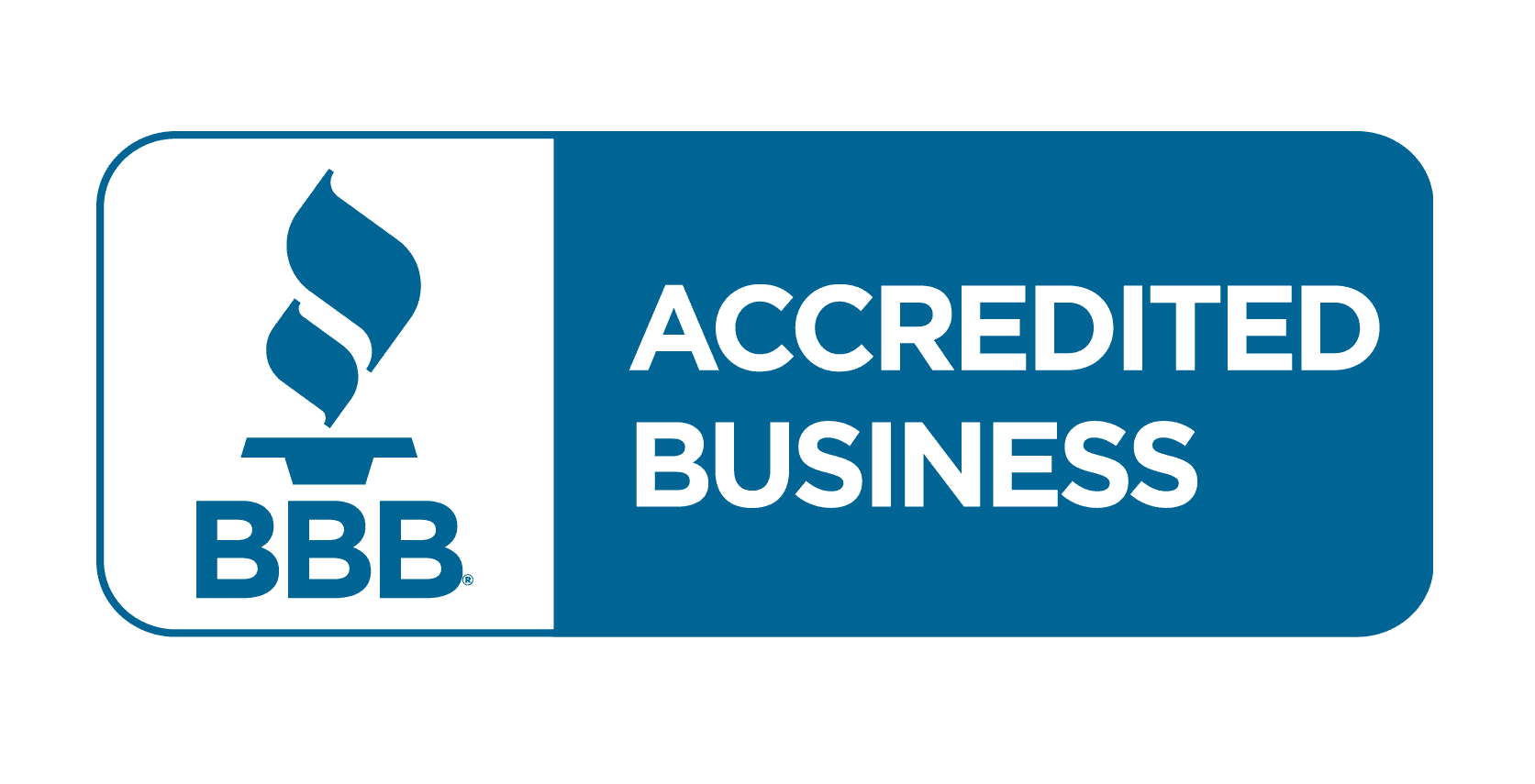Delivery truck accidents are among the most hazardous and intricate collisions on the road. Due to the size and nature of commercial delivery trucks, they present significant risks to other vehicles, pedestrians, and cyclists.
The limited visibility and restricted maneuverability of these trucks can lead to accidents, particularly when drivers fail to properly check their blind spots or make unsafe lane changes.
Unlike typical car accidents, delivery truck collisions can involve multiple parties, including the driver, the delivery company, and possibly manufacturers of faulty equipment.
Determining liability in these cases requires a detailed investigation and a strong legal strategy to ensure victims are fairly compensated.
However, under North Carolina’s 1% contributory negligence rule, even a minor degree of fault on the part of the injured party could prevent them from recovering compensation. This makes it even more critical to build a strong case demonstrating the truck driver’s or another party’s full responsibility.
This guide will walk you through the dangers of delivery truck accidents, the importance of legal representation, the types of compensation available, how liability is determined, and the steps you should take after an accident to protect your rights.
The Dangers of Delivery Truck Accidents
Delivery trucks pose unique dangers to other vehicles, pedestrians, and cyclists due to their large size, weight, and limited visibility. These trucks often have blind spots that can obscure the driver’s view of smaller vehicles, pedestrians, or cyclists, making it more likely for dangerous accidents to occur.
The sheer mass of a delivery truck also means that when a collision does occur, the impact is more severe, increasing the likelihood of serious injury or fatality.
Common accident scenarios involving delivery trucks include:
- Collisions during lane changes: When a delivery truck driver fails to check their blind spots or misjudges the distance between vehicles, they may unintentionally cut off another vehicle or cause a collision.
- Rear–end accidents: Delivery trucks often make sudden stops or slow down, especially in congested urban areas or while navigating through tight spaces. Drivers of smaller vehicles may not have enough time to react, leading to rear-end accidents.
- Blind spot accidents: As with all large trucks, delivery trucks have large blind spots, particularly on the sides, directly behind the trailer, and in front of the cab. If a driver fails to check these blind spots before making a turn or lane change, they may strike other vehicles or pedestrians.
- Improper parking: Delivery trucks parked illegally or in unsafe areas can create hazards for other drivers and pedestrians, blocking visibility or obstructing traffic flow.
Several factors make delivery trucks especially hazardous:
- Limited visibility: The height and design of delivery trucks create large blind spots that are difficult for the driver to monitor. This limited visibility can lead to accidents if drivers fail to properly check their surroundings before moving.
- Restricted maneuverability: Due to their size, delivery trucks are less maneuverable than passenger vehicles. They require more space to make turns and can take longer to stop, making it harder for drivers to react quickly to potential hazards.
- Pressure to meet tight deadlines: Delivery drivers often face significant pressure to meet deadlines, leading to rushed driving behavior, such as speeding or making unsafe lane changes. This urgency can result in poor decision-making and contribute to accidents.
Even a momentary lapse in judgment, such as failing to check blind spots or making an abrupt lane change, can have devastating consequences.
Drivers who fail to adhere to safety standards—whether due to inexperience, fatigue, or distraction—can cause severe accidents that lead to serious injuries or fatalities.
The risks associated with delivery truck accidents underscore the need for proper training, vigilant driving, and adherence to safety protocols.
Why You Need Legal Representation
Delivery truck accident cases require a detailed understanding of both the law and the trucking industry. These cases involve multiple parties, such as the driver, the trucking company, equipment manufacturers, and potentially third-party vendors, making it challenging to determine liability.
Additionally, large corporations or fleets may have significant resources to defend against claims, making it difficult for victims to secure fair compensation without legal assistance.
One of the primary challenges in these cases is proving liability. Unlike car accidents where fault may be clear, truck accidents often involve factors such as:
- Driver negligence: Truck drivers may be under pressure to meet deadlines, leading to unsafe driving behaviors such as speeding, improper lane changes, or failure to check blind spots.
- Corporate negligence: Delivery companies may be responsible for maintaining proper training, monitoring drivers’ behavior, or ensuring vehicles are properly maintained. If these practices are ignored, the company could share liability for the accident.
- Defective equipment: In some cases, faulty truck equipment or poor maintenance may play a role in causing the accident.
An experienced attorney can help navigate these challenges by investigating the accident and reviewing all relevant evidence, such as driver logs, maintenance records, accident reports, and witness testimony.
They will work with industry experts, such as accident reconstruction specialists and trucking professionals, to build a strong case on your behalf.
A knowledgeable lawyer ensures that your rights are protected and that you receive the full compensation you deserve. They will handle the complexities of dealing with aggressive insurance companies, which often try to minimize payouts or deny claims altogether.
By having an attorney advocate for you, you can focus on recovering from your injuries, while they fight to ensure you get the compensation for medical bills, lost wages, and pain and suffering.
Having legal representation is crucial to leveling the playing field, ensuring a fair process, and holding responsible parties accountable. A skilled lawyer will help you navigate the legal system, offer expert consultation, and ensure that your case is handled with the care and attention it deserves.
Determining Liability in a Delivery Truck Accident
Determining liability in a delivery truck accident can be challenging due to the number of parties involved. Unlike a standard car accident, a delivery truck collision may include responsibility from the driver, the delivery company, the truck manufacturer, or even maintenance providers. Identifying who is at fault requires a detailed investigation into all contributing factors.
Key elements of delivery driver negligence include:
- Failure to signal: When a driver does not properly signal before making a lane change or turn, it can cause confusion for other road users, leading to accidents.
- Unsafe lane changes: A delivery truck’s size and blind spots can make lane changes especially dangerous. Drivers who fail to check these blind spots or make abrupt lane changes can collide with smaller vehicles or pedestrians.
- Distracted driving: Distractions, whether from mobile devices, in-cab technology, or outside events, can impair a driver’s focus and lead to accidents.
- Fatigue: Long hours and tight deadlines can lead to driver fatigue, which significantly increases the risk of accidents, as tired drivers are less able to react quickly or make sound decisions.
In addition to driver negligence, several other contributing factors can play a role in causing a delivery truck accident:
- Improper loading of goods: If the truck is overloaded or the goods are not properly secured, the risk of an accident increases. Shifting loads or unbalanced cargo can cause the driver to lose control of the vehicle.
- Delivery deadlines: Pressure to meet tight delivery schedules may lead drivers to engage in unsafe driving behaviors, such as speeding, tailgating, or skipping safety checks.
- Driver inexperience: Inexperienced drivers may struggle with the complexities of operating a large delivery truck, especially in challenging road conditions or unfamiliar areas.
- Unmaintained equipment: Poorly maintained trucks can develop mechanical issues that lead to accidents. Lack of routine inspections or deferred maintenance can result in brake failures, tire blowouts, or other dangerous malfunctions.
- Shared liability can also come into play. The delivery company may be held partially responsible if they fail to provide proper driver training, monitoring, or if they encourage unsafe driving practices in an effort to meet deadlines.
Another important factor is the role of defective equipment. If an accident occurs due to a manufacturing defect, faulty parts, or inadequate maintenance, the manufacturer or maintenance provider may share liability. This could include faulty brakes, defective tires, or issues with safety equipment that failed to perform properly.
To fully investigate a delivery truck accident, it’s critical to gather all relevant information. A comprehensive investigation includes reviewing:
- Accident reports: Police reports and accident documentation can provide crucial insights into the circumstances of the crash.
- Maintenance logs: These records reveal the truck’s maintenance history and any potential mechanical failures.
- Driver records: A review of the driver’s logs, training, and history of violations can uncover whether the driver was at fault due to negligence or inexperience.
By thoroughly examining all of these elements, it’s possible to determine who is truly responsible for the accident and pursue the appropriate legal action to ensure fair compensation for victims.
Compensation Available for Victims
Victims of delivery truck accidents may be entitled to various types of compensation to help cover the financial, emotional, and physical toll caused by the accident. The amount and types of compensation will depend on the specifics of the case, but the primary categories include:
- Economic Damages: These are tangible losses that can be calculated and documented. They include:
- Medical expenses: This can include the cost of emergency care, hospital stays, surgeries, rehabilitation, and any future medical treatment required as a result of the accident.
- Lost wages: If the victim is unable to work due to injuries sustained in the accident, they may be entitled to compensation for lost income during their recovery.
- Vehicle repairs: In cases where the victim’s vehicle was damaged or totaled in the accident, compensation can cover the cost of repairs or replacement.
- Non–Economic Damages: These are more subjective losses that are harder to quantify but are just as important. They include:
- Pain and suffering: Compensation for the physical pain and discomfort experienced as a result of the injuries sustained in the accident.
- Emotional trauma: Victims may also experience emotional and psychological distress, including anxiety, depression, or PTSD, due to the accident and its aftermath.
- Punitive Damages: In cases where the delivery truck driver’s actions were especially reckless or grossly negligent, such as driving under the influence of alcohol or drugs or intentionally ignoring safety protocols, the court may award punitive damages. These damages are designed to punish the wrongdoer and deter similar behavior in the future.
Maximizing compensation is essential to cover both immediate and long-term recovery needs. In addition to addressing the medical bills and lost income in the short term, victims must consider future treatment and potential lifestyle changes as a result of the accident.
An experienced attorney will work to ensure that victims receive a fair settlement that accounts for both the immediate costs and the long-term consequences of their injuries, helping them to move forward with the financial support they need to recover fully.
What to Do After a Delivery Truck Accident
After a delivery truck accident, follow these steps to protect your rights and pursue fair compensation:
- Seek medical attention: Even if your injuries seem minor, see a doctor right away. Some injuries may not be immediately obvious.
- Call law enforcement: Report the accident and get a police report, which is necessary for insurance claims and legal action.
- Take photos: Capture pictures of the accident scene, vehicle damage, and any visible injuries.
- Collect witness info: Get the names and contact details of any witnesses to the accident.
- Avoid discussing fault: Don’t admit fault or speak to insurance companies without legal advice.
- Contact an attorney: Get in touch with an experienced attorney to help protect your rights and ensure fair compensation.=
Contact Auger and Auger for a Free Consultation
If you’ve been involved in a delivery truck accident, it’s important to get the legal support you need. Auger and Auger offer a Zero Fee Guarantee, meaning you won’t pay any fees unless they win your case. This ensures you don’t have to worry about upfront costs while you focus on your recovery.
Victims of delivery truck accidents often face mounting medical bills, lost wages, and emotional distress. With Auger and Auger, you don’t have to face these challenges alone. Their team will fight to ensure you get the compensation you deserve, helping you cover medical costs, lost income, and any long-term consequences of the accident.
Take action today by scheduling a free, no–obligation consultation. Auger and Auger will review your case, explain your options, and help you determine the best path forward. Don’t wait—contact them now to get the legal support you need.
















